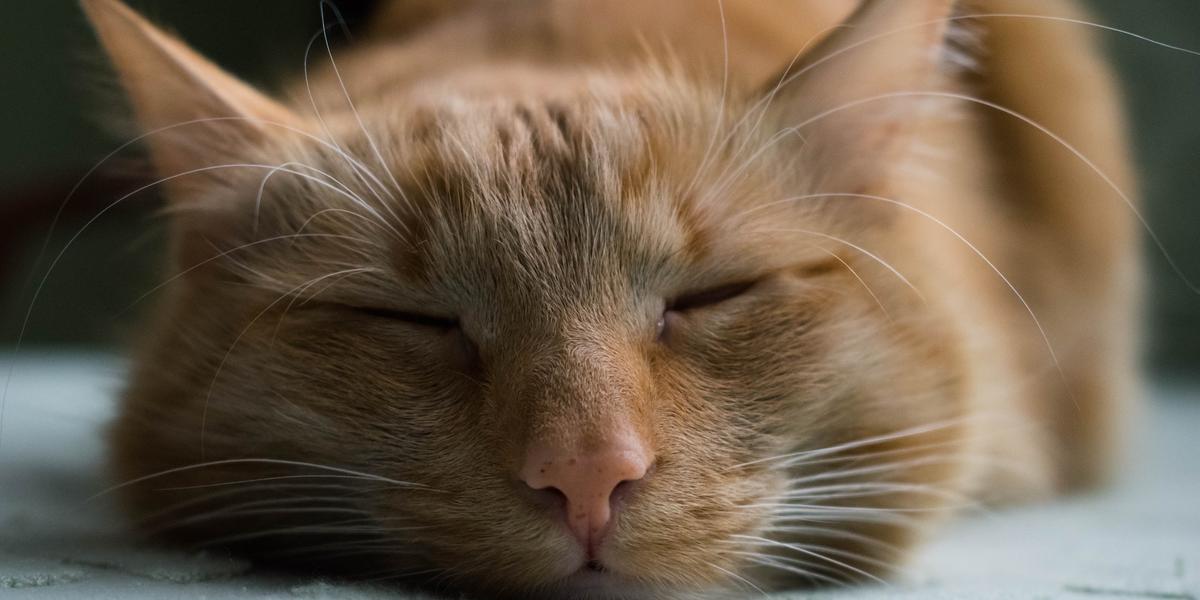A sonic substitute for surgery
What do cats and astronauts have in common? They’re both at risk for getting kidney stones.

What do cats and astronauts have in common? They’re both at risk for getting kidney stones.
What do cats and astronauts have in common? They’re both at risk for getting kidney stones. And, in search of a kidney stone treatment for cats, veterinarians at the University of Minnesota Urolith Center looked to human medicine. When kidney stones become lodged in one or both ureters, which funnel urine from the kidney to the bladder, the obstruction that results is not only incredibly painful but can be fatal if not relieved. Surgery is often the only effective treatment option.
Eva Furrow, VMD, PhD, DACVIM, an associate professor of small animal medicine in the Department of Veterinary Clinical Sciences at the College of Veterinary Medicine (CVM), and her team are working with a group of engineers at the University of Washington (UW) to test a novel ultrasound system called burst wave lithotripsy. They want to see if a modified version of the human device could provide an inexpensive, safe, and speedy alternative to surgery in cats.
The novel technique uses a stream of sound waves to shatter stones into tiny pieces that can pass through the urinary tract. So far, seven humans and 10 kidney stones have been treated with lithotripsy in clinical trials, with promising results. Just 10 minutes of treatment measurably shrunk all of the stones, half of which were small enough to pass through the person’s system after the treatment. The National Aeronautics and Space Administration (NASA) is among the funders for the human trials, believing it could be used aboard Mars missions. Bone demineralization and dehydration that occur during spaceflight increase the risk for stones in astronauts.
But while other universities are testing the technology on humans, U of M researchers want to see if burst wave lithotripsy could benefit pets. Kidney stones are one of the leading causes of kidney injury in cats and the VMC treats dozens of cats with the condition every year. In search of a non-invasive, cost-effective procedure that can treat kidney stones without surgery, Furrow’s pilot study will test the UW-built device, which was redesigned just for cats, in a veterinary setting for the first time. Furrow’s project also benefits from the expertise of Jody Lulich, DVM, PhD, DACVIM, director of the University of Minnesota Urolith Center, who provided cat stones for initial lab testing of the device and will be part of the team running the pilot study.
So far, the device has been 90 percent successful in shattering cat stones in a lab and Furrow’s team will test the device on two or three client-owned cats with ureteral obstructions in 2021.
“We are being extraordinarily careful with our planning because cats are small and delicate. Cats enrolled in this trial can still get treatment in another way so participating doesn’t take away other treatment options from them,” says Furrow.
“We are being extraordinarily careful with our planning because cats are small and delicate. Cats enrolled in this trial can still get treatment in another way so participating doesn’t take away other treatment options from them."
Eva Furrow, VMD, PhD, DACVIM
If successful, the breakthrough therapy could offer an outpatient treatment for ureteral stones in cats that would likely benefit rural veterinary offices the most, since resources can be scarce, Furrow says. The treatment does not require a specialized surgeon and could be performed by a traveling radiologist that serves several clinics, a typical practice in rural veterinary clinics. Lithotripsy uses a similar technique to an ultrasound machine, so Furrow predicts the treatment could be safely done by radiologists with little additional training.
"We’ve optimized the device in a lab with promising results, and the technology has so far proven effective and safe in humans and pigs,” says Furrow. “I’m excited to be a part of research that could increase the safety and accessibility of treating ureteral stones in cats.”
While this technology will first help cats here on Earth, the science behind it could one day make long-distance space travel safer for humans. In the meantime, we can all look to the stars and contemplate the meaning of life — as well as the bright future of blasting ureteral stones.
If you are interested in advancing this important research, or any other work taking place at the Urolith Center, donate today!
For more information, contact Lauren Craft, development officer, at (612) 424-1484 or lcraft@umn.edu. For corporate giving inquiries, contact Mindy Means at (208) 310-3562 or mkmeans@umn.edu.